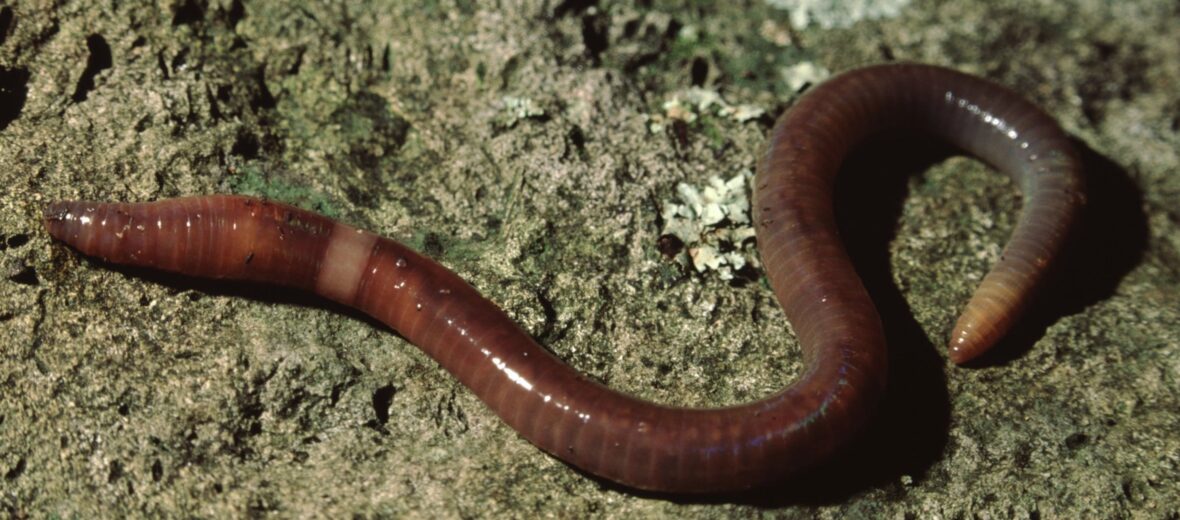
The red worm, aka red earthworm, red wiggler, or rainbow worm, can be found on every continent, sans Antarctica. They prefer soil that is high in organic content, preferably containing feces (poop). Due to their global presence and abundant nature, these critters are not currently listed by the IUCN.
First the Stats…
Scientific name: Lumbricus rubellus
Weight: Up to 0.05 ounce
Length: Up to 4.1 inches
Lifespan: Up to 10 years
Now on to the Facts!
1.) These worms can be reddish-brown, to yellowish, to iridescent.
2.) Each of their up to 105 segments contains 4 pairs of setae, or bristles.
3.) They require soil that is moist but not wet, in order to allow for gas exchange, aka respiration (breathing). The soil must also contain abiotic factors like specific pH and temperature.
4.) Red worms prefer an ambient temperature of 51ºF and a soil ph of 5.5 to 8.7.
5.) Rainbow worms feed on organic matter that is in a high state of decomposition.
But wait, there’s more on the red worm!
6.) They are primary consumers that have an important role in converting the energy produced by photosynthetic plants into food for animals higher up in the food chain.
7.) Red worm digestive tracts are also used in traditional medicine known as Di Long, or Earth Dragon, for use in the treatment of rheumatic, phlegm, and blood disorders.
Did you know…?
These worms increase the concentrations of vitamin B12 in the soil. This in turn can cause higher plant yields and increased plant growth.
8.) Red wigglers initially hailed from Europe, but were intentionally and unintentionally introduced to every continent on earth, sans Antarctica.
9.) Rainbow worms can produce up to 3 cocoons a week, based on the surrounding environmental conditions like soil type, moisture levels, temperature, available food, and light exposure.
10.) Each cocoon contains up to 20 embryos.
But wait, there’s still more on the red worm!
11.) Worms emerge from their cocoons in up to 2 weeks.
12.) These worms are mature in up to 50 weeks and at that time can produce cocoons.
13.) Red wigglers are often utilized in compost bins to aid in decomposition.
14.) These worms are also sold to anglers and used for fishing.
15.) Some estimates have determined that earthworms, in general, can increase overall plant productivity by around 25%.
16.) Beetles, pseudoscorpions, centipedes, rove beetles, ants, soil flatworms, birds, mice, turtles, frogs, salamanders, freshwater fish, blue tongue skinks, raccoons, and skunks all prey on these worms.
Now a Short Red Worm Video!
Be sure to share & comment below! Also, check out the Critter Science YouTube channel. Videos added regularly!
Want to suggest a critter for me to write about? Let me know here.
Some source material acquired from: Wikipedia
Photo credit: Earth.com



